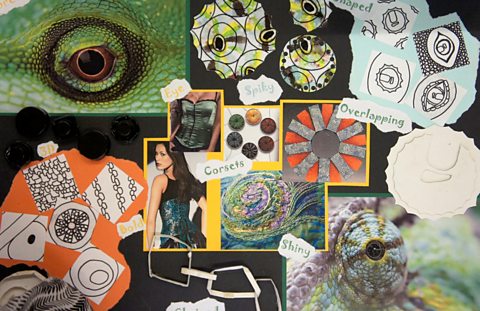More guides on this topic
- Finding inspiration - AQA
- Analytical drawing - AQA
- Developing ideas - AQA
- Creating a design brief - AQA
- Experimenting with materials and techniques - AQA
- Recording and observing - AQA
- Annotating your work - AQA
- Analysing and evaluating - AQA
- Assessment objectives and presenting your work - AQA
- Externally set assessment - AQA

